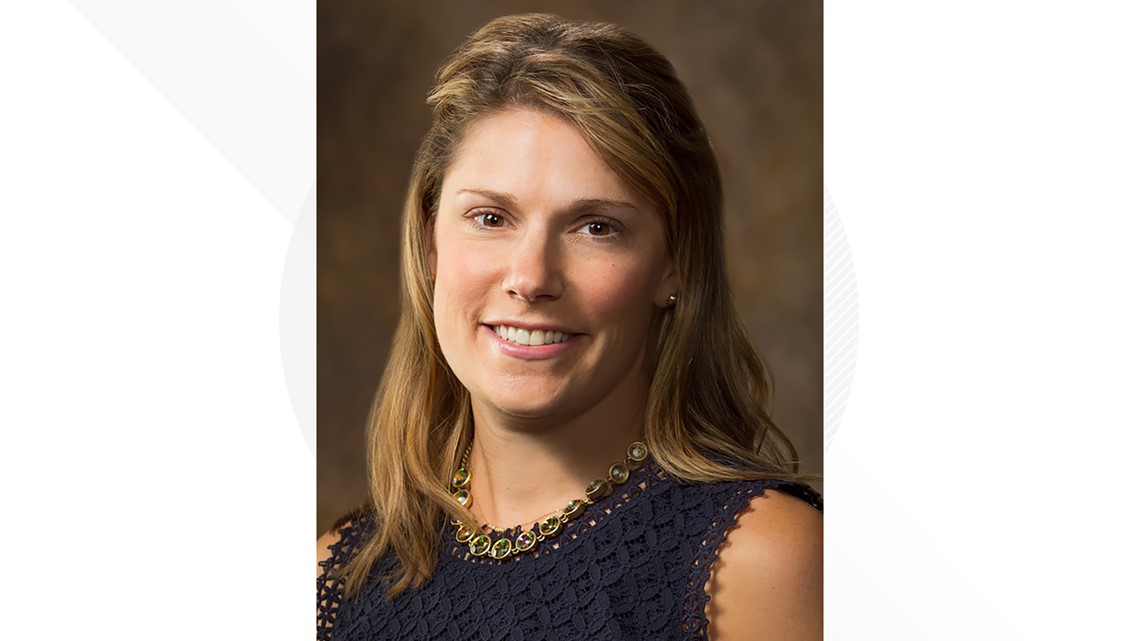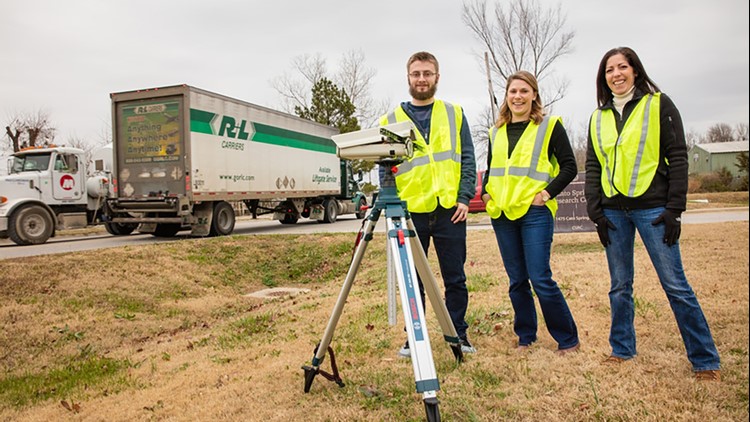FAYETTEVILLE, Ark. — An interdisciplinary team of researchers at the University of Arkansas (U of A) has been awarded $1.5 million to develop a new traffic-sensing technology to track cargo as it moves through roadways and ports, according to an Aug. 3 press release.
The project will help business leaders and government agencies better plan for future investments in infrastructure and economic development.
The project is unique because it allows researchers to monitor commodity movement without having to stop traffic or cut into roadways to install equipment.
Using a combination of LIDAR and video sensing, U of A researchers have developed an algorithm that can distinguish among trailer types, including container, platform, livestock, dump and others, to provide unique insights into commodity flows along a roadway or port.
Similar to radar, LIDAR uses pulsed, infrared laser light to detect distant objects and measure the distance to those objects.
Sarah Hernandez, assistant professor of civil engineering, will be leading the project.
“Our inland waterways move a significant amount of freight and rely equally on efficient water- and land-side transportation systems,” said Hernandez. “This project will provide detailed truck volume data for the roads used to access inland waterway ports. With this data we can better design pavements, manage port operation and direct funds to support better highway connectivity.”
Hernandez said the project will help build efficiencies through better understanding of how water and truck transport systems interact.


The research is led by a team composed of faculty, research associates and students from the departments of civil engineering, computer science and computer engineering, and the Center for Advanced Spatial Technologies.
Their goal is to develop a network of interconnected data collection systems to monitor and manage inland waterway activity including port and terminal operations, vessel movements and vehicle activity.
“The low-cost sensor developed in this project has the potential to deploy across the U.S. so state transportation agencies and private industry can better understand the demand and usage of critical inland waterways and supporting highway infrastructure,” Hernandez said. “What’s currently missing in decisions regarding multi-modal water and truck investments is a clear understanding of how the two modes interact. This research, through our specialized traffic sensor, will inform multimodal system operations and management.”
Hernandez said the team’s research will help generate data to drive future policy decisions.
“This project will develop a traffic sensor that measures truck activity in such a way that trucks, drivers and fleets remain anonymous but still provide the level of data needed to create policy and prioritize transportation investments for efficient freight movement,” Hernandez said. “Public transportation agencies and private firms and operators need to understand when, where and what freight is moving. This information can be used to design targeted policies to promote critical industries and to identify and select infrastructure projects that support critical or underserved industries.”
The funding was awarded by Inter-Modal Holding LLC, a holding company specializing in transportation, commerce, technology and related infrastructure.
The team’s study will focus on the Upper Ohio River Valley region, a major transportation system for the United States.
“This team is very much interdisciplinary consisting of civil engineers, computer scientists and computer engineers, geographers and photogrammetry experts,” said Hernandez. “The sensor we are designing requires hardware and software development that has to meet highway and traffic standards. There are also aspects related to communications protocols, power adaptation and field data collection. This means we need to pool expertise from a broad and diverse team.”



